What is a GFCI protected outlet? This safety device has become a standard safety feature in modern homes and businesses. Let’s explore more about it, such as how it works, various types, and the outlet installation method.
What Does GFCI Stand For?
A GFCI outlet, or Ground Fault Circuit Interrupter, is a type of electrical outlet meant to keep electrical shock from hurting people. It constantly monitors the electrical current passing through a circuit and promptly shutting the power off if it senses any imbalance.
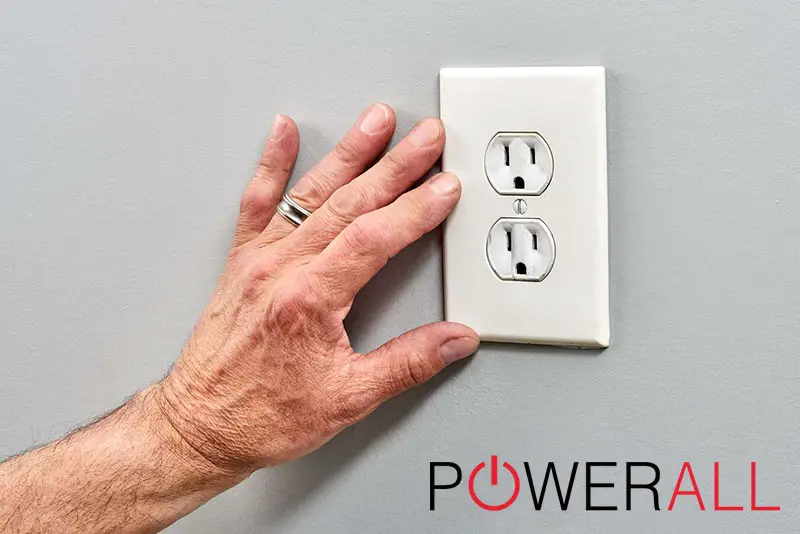
This can happen when there is a fault or leakage of electrical currents, such as when an electrical appliance or device comes into contact with water.
The GFCI outlet is designed to prevent electrical shock and electrocution, which can be especially dangerous in kitchens, bathrooms, and outdoor spaces with a higher risk of water exposure.
In addition to providing a higher level of safety, GFCI outlets are required by building codes in many areas of the world, including the United States, for certain types of electrical circuits.
Types Of GFCIs
There are several different types of GFCIs available, each with its own unique features and advantages.
GFCI Receptacle

GFCI receptacles work by always sensing the flow of a current through the circuit.
Suppose the current flowing into the circuit differs from the current flowing out of the circuit by more than a specified amount. In this case, the outlet receptacle will quickly interrupt the flow of electricity, thus protecting the user from electrocution.
They are available in a range of configurations, including standard receptacles, Decora-style receptacles, and tamper-resistant receptacles. Some may also feature additional features, such as weather-resistant or LED indicator lights that show whether the outlet is functioning properly.
GFCI Circuit Breaker

Unlike GFCI receptacle outlets, which only protect the electrical devices plugged into them, the circuit breakers protect an entire circuit. Let’s say there is a difference in the amount of current running in the hot (black) wire and the neutral (white) wire.
This indicates some currents are leaking into the ground. It will trip in no time, cutting off power to the entire circuit and eliminating the likelihood of an electric shock.
One advantage of these basic circuit breakers is that they are a more permanent solution than GFCI receptacles. Once installed, they protect the entire circuit and do not require additional devices installed in the receptacles.
They are also more convenient for protecting heavy-duty appliances and expensive equipment, such as a sump pump or a dishwasher.
Portable GFCI
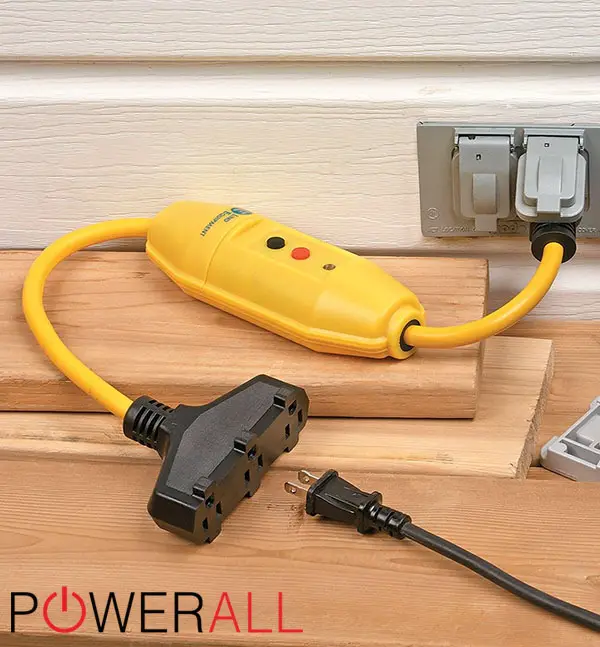
A portable GFCI, also known as a GFCI extension cord or plug adapter, is a device that offers basic protection from electrical shock.
It is a portable, standalone device easily plugged into a standard electrical outlet to provide shock protection. You can see it’s commonly used in outdoor settings where power tools and other dedicated equipment are frequently used.
The device can also appear in areas with high electrical shock risk, such as damp environments. There are different configurations, including single outlets, multiple outlets, and power strips. Some models also have extra features, such as surge protection and circuit breakers.
Where To Install GFCIs
Let’s go over the various locations where GFCIs should be installed!
- Bathrooms: According to The Spruce, the National Electrical Code (NEC) requires that all bathroom outlets must be GFCI-protected. This includes outlets that are near sinks and bathtubs.
- Kitchens: Similar to restrooms, all outlets in kitchens that are within six feet of the sink must be GFCI-protected. This covers outlets that are on countertops and walls.
- Garages: Garages are another location where GFCIs should be installed. These spaces are often used as a workspace for DIY projects, and there is a high risk of electrical shock due to the use of power tools and the presence of water and moisture.
- Outdoors: Outdoor outlets should also be protected by GFCI outlets, as they are exposed to moisture and weather conditions. Outdoor GFCIs can be installed as individual outlets or as part of a circuit breaker.
How To Install GFCI Electrical Outlet On Your Own
Here’s a simple step-by-step guide on installing the outlet by yourself.
- Step 1: Turn off the power. Locate the breaker box and turn off the circuit that powers the outlet you’ll be replacing.
- Step 2: Unscrew the cover plate and unscrew the outlet from the pack. Pull the outlet out of the box and disconnect the wires. Be sure to note which wire is connected to which terminal.
- Step 3: Use a circuit tester to ensure the power is off before proceeding. Touch one lead to the hot wire and the other lead to a ground wire or the metal box. If the tester lights up, the power is still on.
- Step 4: Connect the wirings to the GFCI outlet. The hot wire (usually black) goes to the brass screw, the neutral wire (typically white) goes to the silver one, and the ground wire (often bare or green) goes to the green one. Utilize wire nuts to connect the wires if they’re not long enough to reach the terminals.
- Step 5: Install the GFCI outlet. Carefully push the wires back into the box, making sure not to pinch or damage them. Screw the GFCI outlet onto the box and attach the cover plate.
- Step 6: Test the GFCI outlet. Turn the power on again and press the test button on the outlet. The outlet should shut off immediately. Press the reset button to restore power.
- Step 7: Label the GFCI outlet with a “GFCI protected” sticker or label. This will remind anyone using the outlet that it’s protected by a GFCI.
Frequently Asked Questions
Is It OK To Plug A Refrigerator Into A GFCI Outlet?
Yes. It is generally safe to plug a refrigerator into a GFCI outlet. However, some refrigerators may cause nuisance tripping of the GFCI due to their high start-up current or if they have faulty ground.
In these cases, it may be necessary to replace the GFCI with a standard outlet or to have an electrician install a dedicated circuit for the refrigerator.
Are GFCI Outlets Really Necessary?
Yes, they provide an important level of electrical safety by protecting people from electrical shock caused by a ground fault outlet.
Ground faults occur when household electricity follows an unexpected path, such as through a person’s body, which can lead to serious injury or even death. GFCI outlets detect when there is a ground fault and quickly cut off the power to prevent harm.
What Is The Difference Between A GFCI Outlet And A Regular Outlet?
A GFCI outlet is designed to protect against electrical shocks and has a built-in sensor that detects ground faults and immediately shuts off the power.
On the other hand, a regular outlet does not have this feature and may continue to supply power even if there is an electrical fault or short circuit.
The Bottom Line
Now you know what GFCI stands for. It is an essential safety feature that every home should have. These protective devices help prevent electrical shock and fires caused by ground faults, which can occur in any electrical system.
By installing GFCI outlets in areas with increased risk, homeowners can protect themselves and their families from potentially life-threatening situations.

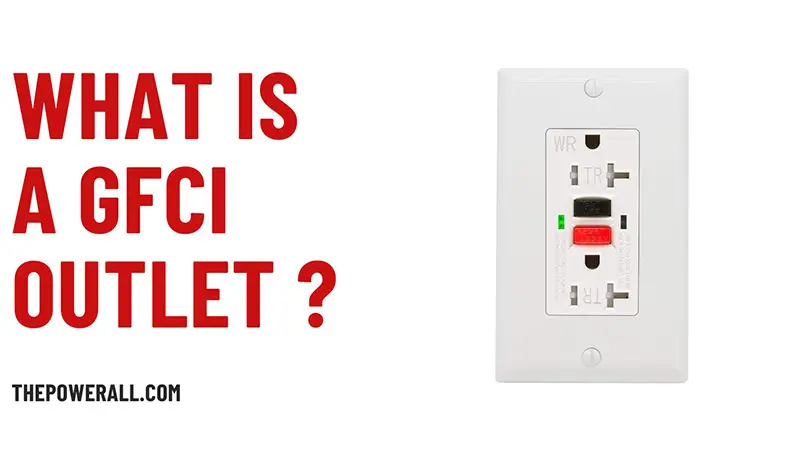


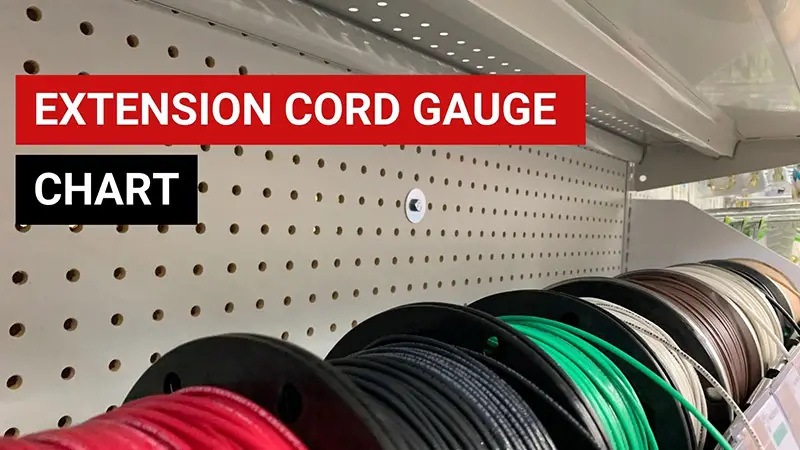
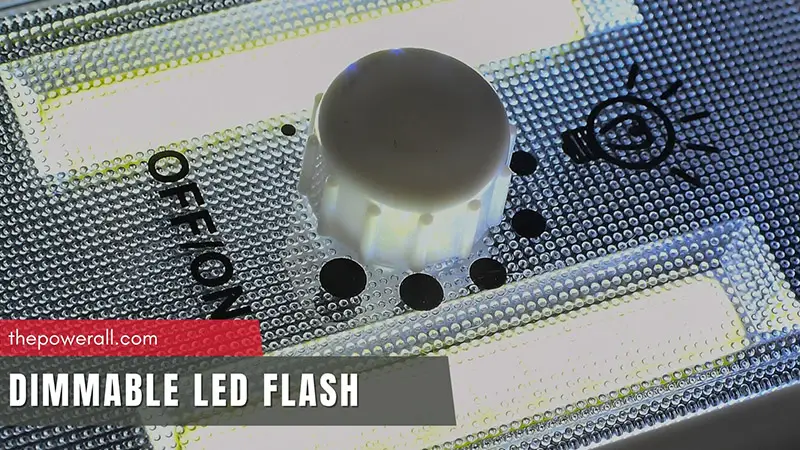


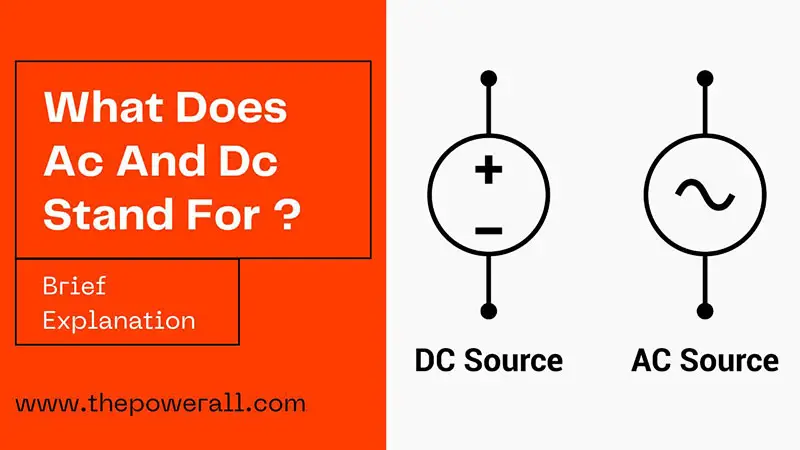
0 Comments